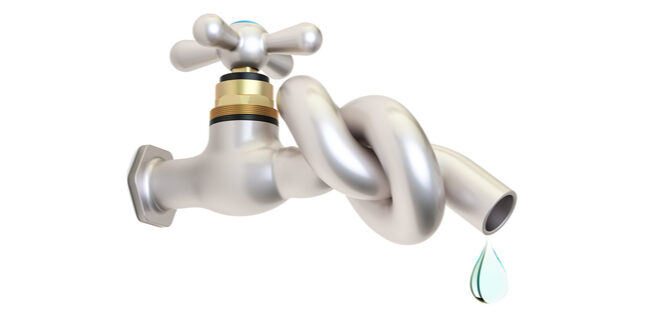On Friday, the California Department of Water Resources (DWR) announced they will be cutting water deliveries to 5 percent. Initially, the allocation was set for 15 percent of requested supply, but a dry January and February forced the agency to reduce deliveries in order to conserve available water supply.
In addition to the 5 percent allocation, DWR will also provide any unmet critical health and safety needs of the 29 water agencies that contract to receive State Water Project supplies.
“We are experiencing climate change whiplash in real time with extreme swings between wet and dry conditions. That means adjusting quickly based on the data and the science,” said DWR Director Karla Nemeth. “While we had hoped for more rain and snow, DWR has been preparing for a third consecutive year of drought since October. We are continuing with a series of actions to balance the needs of endangered species, water supply conservation, and water deliveries for millions of Californians.”
As the state prepares for a third dry year, DWR will preserve as much storage as possible in Lake Oroville, the State Water Project’s largest reservoir. As of Friday, the statewide reservoir levels were about 70 percent of average and the statewide Sierra snowpack has fallen to 55 percent of average for this date.
DWR, along with its federal partners at the U.S. Bureau of Reclamation, will submit a revised application for a Temporary Urgency Change Petition (TUCP) for operations from April 1 to June 30. The petition will seek flexibility for the State Water Project and the Central Valley Project to release less water into the Delta through June 2022 to conserve limited stored water in Shasta, Oroville and Folsom reservoirs. DWR and Reclamation had previously submitted a TUCP application for earlier in the year. However, December storms made that application unnecessary, and it was withdrawn. This new application is necessary due to dramatically changing conditions and covers modified dates and operational requests.
Additionally, DWR is planning to refill the notch in the Emergency Drought Salinity Barrier in the Delta. Crews created a notch in the barrier in January to allow for fish passage and boat traffic during the winter. Work will begin on April 1 to fill in the notch, with completion by April 15. The barrier reduces the amount of saltwater intrusion into the Delta, allowing for reduced flows from upstream reservoirs to conserve water supply. The barrier is expected to remain in place until November 30, 2022.
DWR will make its next assessment of the State Water Project allocation following the next snow survey on April 1. A final allocation for the water year is typically announced in May or June.
 California Water News Daily Your Source For Water News in California
California Water News Daily Your Source For Water News in California


